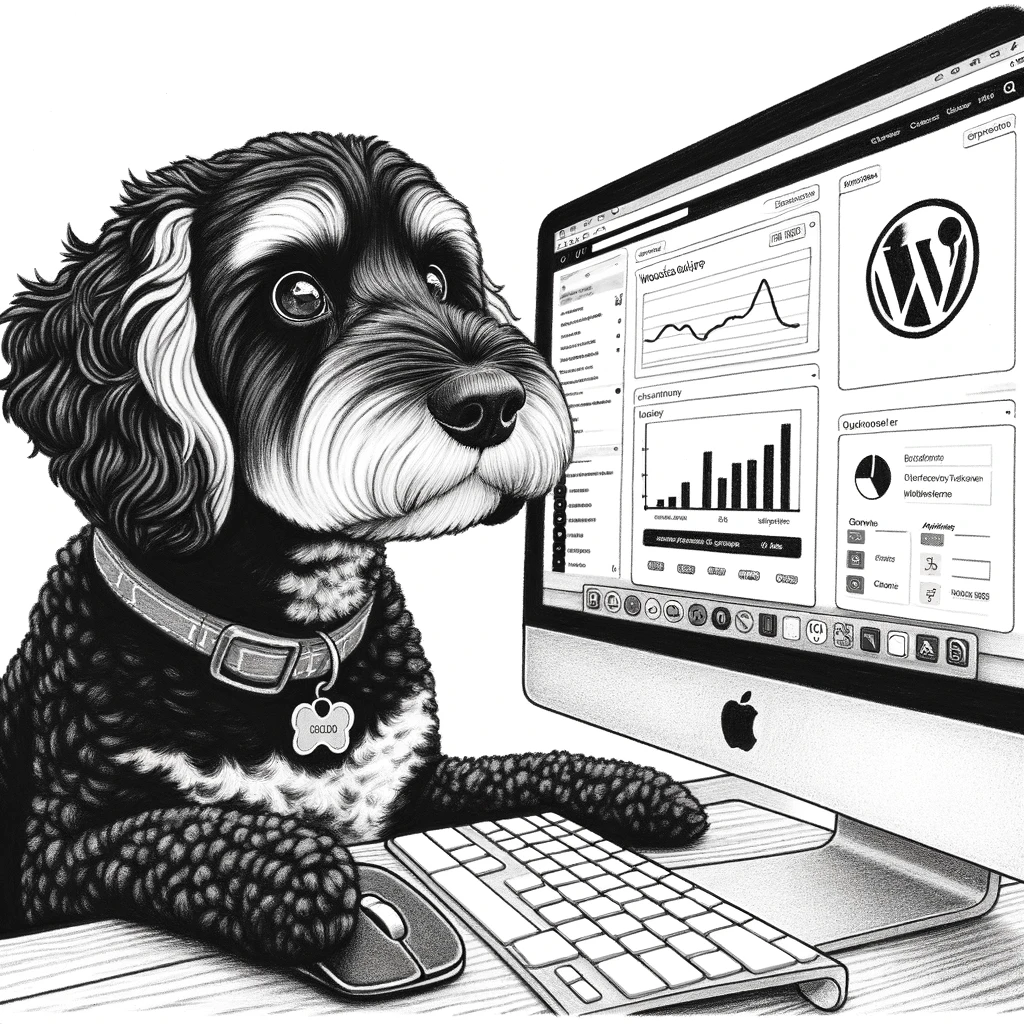Overview of Dashboard Widgets
Dashboard Widgets in WordPress are mini applications that live within the administrative dashboard, providing users with updates, controls, and important information right at their fingertips. They represent a cross-section of technology and design, adapting the user interface to cater to specific needs and interactions within the WordPress environment.
Design and Customization
Widgets are integral to the WordPress dashboard, giving it the flexibility to adapt to a variety of user preferences and needs. With a clear understanding of HTML, CSS, and JavaScript, developers can design widgets that blend seamlessly with custom themes or stand out with unique color schemes. The Dashboard Widgets API provides developers with the guidelines and tools necessary to create these custom components, ensuring consistency and compatibility with the WordPress core.
The ability to customize the dashboard with widgets extends beyond mere aesthetics. It involves creating a user interface that includes form elements and UI components consistent with WordPress’ design guidelines. Customization can involve altering existing widgets or creating entirely new ones that harness specific functionality for the site.
User Interaction and Accessibility
The primary purpose of dashboard widgets is to enhance user interaction and increase the efficiency of site management tasks. Each widget acts as an interface or a control element—like a textbox, toggle, or a live data display—designed to be interactive and intuitive. Widgets can be customized in the dashboard’s home screen, allowing users to tailor their administrative experience to their role and preferences.
A key aspect of widget development in WordPress is ensuring they are not only functional but also accessible. The WordPress community emphasizes creating widgets that follow accessibility standards, making them usable for everyone, including those with disabilities. This may include considerations for screen readers, keyboard navigation, and adherence to the Web Content Accessibility Guidelines (WCAG). With careful attention to the graphical user interface (GUI), dashboard widgets can provide all users with a powerful toolset to manage their WordPress sites effectively.













